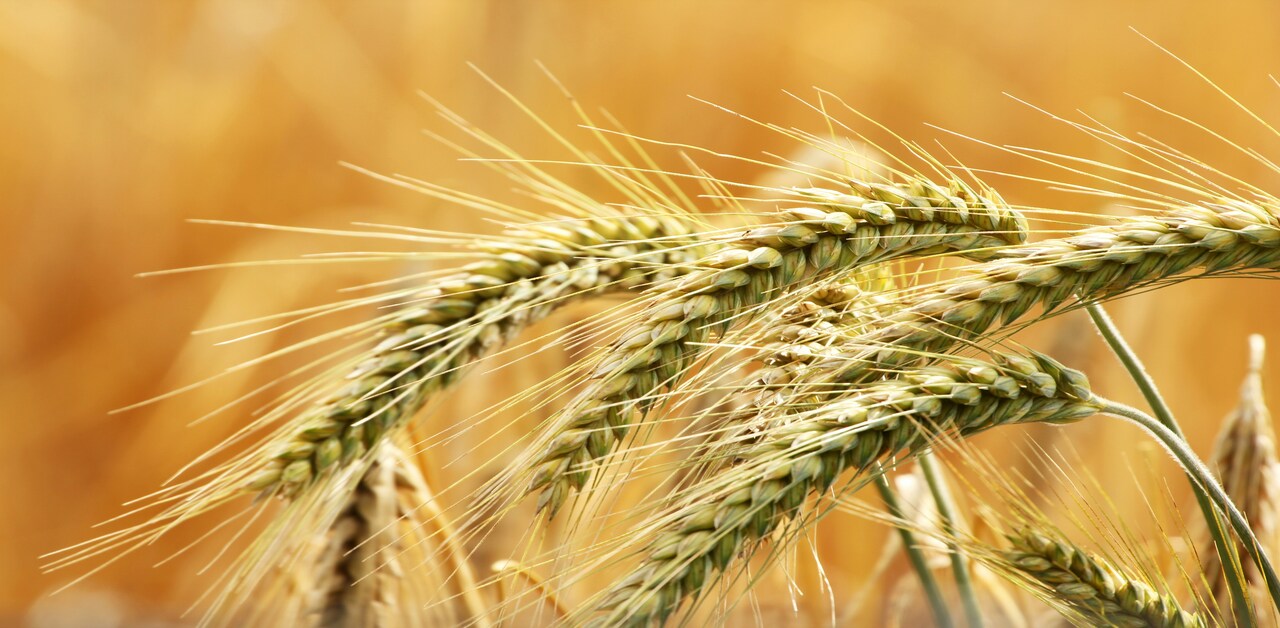One of the oldest and most important agricultural activities on earth is barley cultivation.
Barley, also referred to as Hordeum vulgare, is a tough and popular cereal flea, which grows in a wide range of climatic conditions and has been in use for thousands of years since people began living on the farm.
The rabi is its growing season in India, and the crop ranks after wheat in the priorities of cereal crops.
Barley has several applications as it is used as a foodstuff, livestock food, and as the raw material of the malting and brewing business.
It withstands drought and salinity, making it a perfect crop in semi-arid and dry areas where other cereals would fail.
Besides, barley grains contain high amounts of fiber, protein, vitamins, and minerals, rendering them very useful to the health of human beings.
The breeding of barley has received a new interest as an economically significant species, flexible, and reliable for sustainable farming systems over the years.
Table of Contents
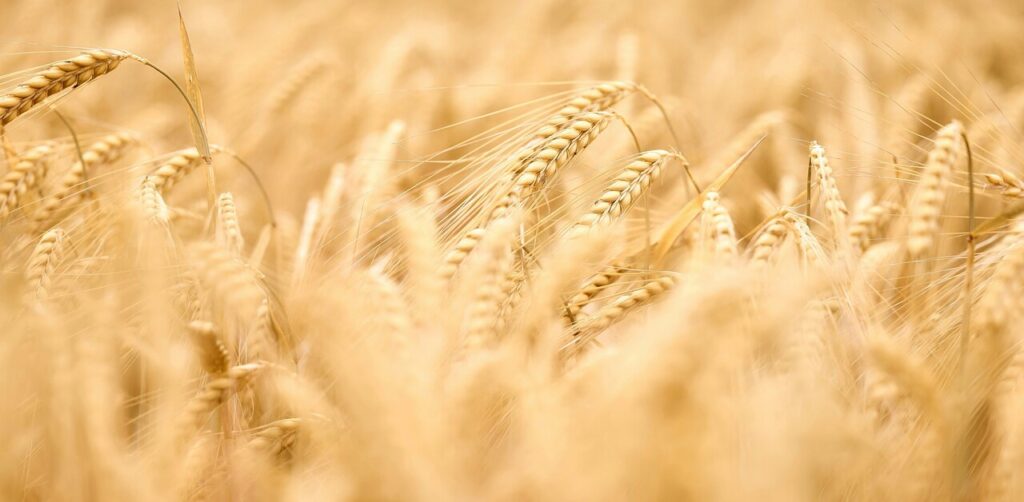
About the Barley
One of the popular cereal crops grown after wheat and rice is barley (Hordeum vulgare L.).
It is a member of the family Poaceae (Gramineae), which is mostly cultivated in the rabi season in India.
The crop is very suitable for temperate and semi-arid areas and is adaptable to soils of low quality and low rainfall.
Barley has been developed or grown over several years, which is utilized in various ways, like Malt, flour, soups, and livestock feed.
Over the past few years, it has also become significant as it has health advantages, being a rich source of dietary fiber, vitamins, and minerals.
- Botanical Name- Hordeum vulgare L.
- Family- Poaceae.
- Chromosome Number-2n=14.
- Origin- Ethiopia-Abyssinia(Africa).
- Inflorescence-Spike/Head/Ear.
- Fruit Type-Caryopsis.
- Test Weight-Two Row 45 gm and Six Row 40 gm.
The Barley Flour does not contain Gluten Protein, which is found in wheat flour. The ‘Pearl Barley‘ is best for kidney disorders.
Food Value
- Carbohydrate->73-74%.
- Protein(Albuminoid-gluten-free protein)->11.5%.
- Fat content->1.3%.
- Vitamin-> B Complex.
Stages of Barley
- Tillering:-30-35 DAS(Days after sowing).
- Jointing: Also called the Shooting stage-55-65 DAS.
- Heading(Earing stage): Up to 75-85 DAS.
Climatic Requirements
It thrives well in cool climates in dry climates. Optimal growth is achieved at 12°C -25°C.
High temperatures during the grain-filling phase affect the crop as it is sensitive, and hence, the yield and quality of grain can be compromised.
It is better adapted to drought conditions when compared with wheat, thus making it the crop to grow in the dry regions.
The excess moisture or frost may, however, destroy the crop, especially when flowering and in the maturity stage.
- It is a C3 Plant.
- It is a Long Day Plant.
- Barley is a cool-season crop.
- It is a frost-sensitive crop.
- Barley is a drought-tolerant crop.
Temperature varies with the stages of growth. for examples
- Germination stage-> 25-30%.
- Growth-> 15-20%.
- For Ripening->30%.
Soil Requirements
Barley is grown on a variety of soils, although it grows optimally on fertile soils of loam or sandy loam soils, which have good drainage.
The optimal PH level to grow barley is between 6.0 to 8.0. Barley can also grow in saline and alkaline soils since it is moderately tolerant to salinity.
Farmers should not use waterlogged or dense clay soils because they are likely to impair the growth of roots and yield.
If you are interested in buying a book called ”Don’t Believe Everything You Think by Joseph Nguyen, then you can click here
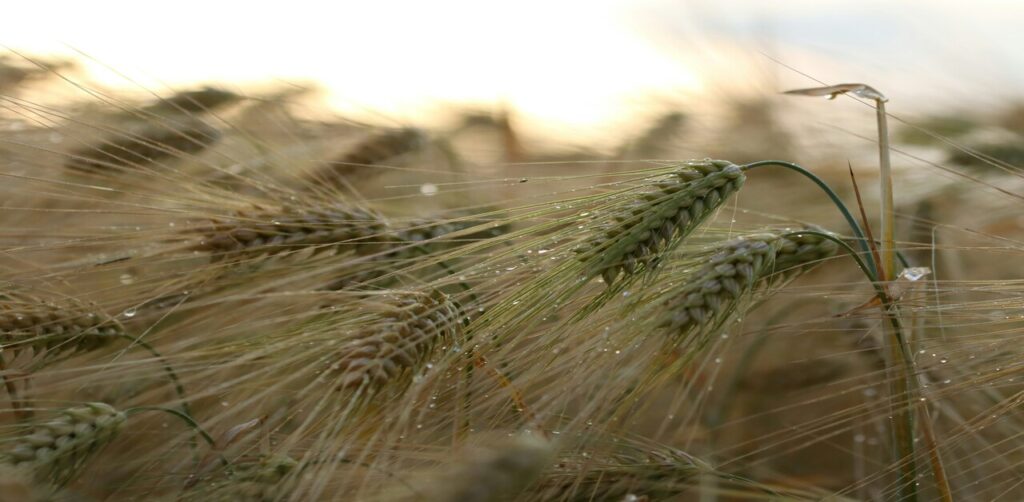
Varieties of Barley
In India, a variety of barley has been developed that was designed to fit various climatic zones, with some being of high yield and different from those in different regions. There exist popular ones like:
RD 2035: This is appropriate in the irrigated regions of the northern state of India.
BH 393: This is recommended in malt production, and it is suitable in semi-arid areas.
RD 2715: It has good performance in saline and alkaline soils.
K 560: Can be used both as a feed and a malt crop in irrigated areas.
Ratna: It is released in New Delhi. It is resistant to saline and alkaline soil.
Kaliper: It is released from Australia, and it is a high-quality malt.
The correct type of variety chosen based on the local soil and climatic conditions is important in achieving a good harvest.
Land Preparation
Land should be prepared correctly to create a fine seedbed and ensure even germination.
Plowing of the field should be done 2-3 times, and then harrowing should be done to loosen the soil clods. The soil must be plowed down and weedless.
In irrigation regions, the lands are broken into beds and channels where irrigation is carried out, whereas in rain-fed regions, contour bunding is done to conserve the moisture in the soil.
Sowing Time and Method
Barley is normally planted between October to November in the north and between November and December in the south.
Late planting can result in poor yields because of excessive temperatures during grain filling.
Seed Rate: 80-100 kg/hectare when it is irrigated and 70-80 kg/hectare when it is rainfed.
Sowing Method: The common method of sowing the seeds is the seed drill, where a depth of 3-5 cm is used and a separation of 22-25 cm between rows.
Seed Treatment: Seed treatment with the fungicides such as Thiram or Mancozeb (2.5 g/kg seed) inhibits fungal diseases like smut and blight.
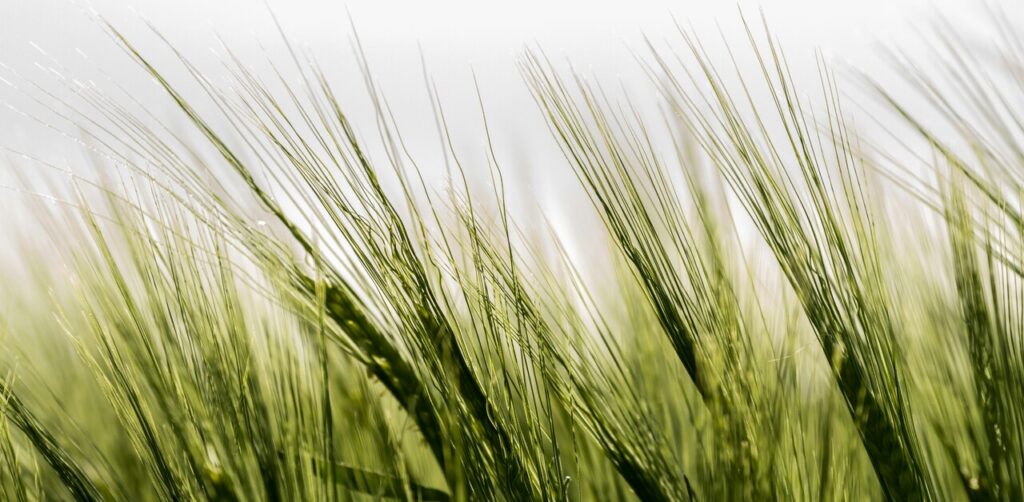
Nutrient Management
Barley is also supposed to have the right combination of nutrients to enable optimum growth.
The fertilizer quantity is 60-75kg of Nitrogen, 30-40kg of Phosphorus, and 20 kg of Potassium per hectare.
Nitrogen, half the whole doses of phosphorus and potassium must be applied on sowing.
The rest of the nitrogen must be top-dressed during the stage when the tillering begins as a way of boosting growth and production.
Fertility and ability to retain moisture in the soil can also be enhanced by organic manures such as farmyard manure or compost (10 -12 tonnes/ha).
Irrigation Management
Barley, a drought-resistant crop, however, needs irrigation to record good yields when the climate is dry. As a rule, the crop period requires 3–4 irrigations:
First irrigation: When there is an initial stage of crown root initiation (20-25 days post sowing).
Second irrigation: When tillering (30-35 days after sowing)
Third irrigation: At the grain filling stage (60-65 days after sowing)
The average water requirement for Barley is 300-400 mm.
Barley is susceptible to waterlogging, and it should not be overirrigated.
Weed Control
Barley and weeds compete with each other for nutrients and water, which reduces yield.
During the first forty days after sowing, prompt weeding and hoeing are especially important.
It is possible to effectively control grassy and broadleaf weeds 30–35 days after sowing by applying herbicides like isoproturon (1 kg/ha).
Pest and Disease Management
Some common pests and diseases affecting barley are:
Aphids are controlled by spraying imidacloprid (0.05%) on them, which consume plant sap.
Barley smut and rust can be treated with seed treatments and fungicide sprays (such as Mancozeb).
Crop rotation and the removal of infected debris control leaf blight.
Utilizing integrated pest management (IPM) techniques aids in preserving ecological equilibrium and reducing chemical consumption.
Harvesting and Threshing
When the plants turn golden yellow and the grains become hard, the moisture level at harvesting time is 18-20%, and barley is ready for harvest.
Harvesting is usually done in March or April, depending on the sowing time and climatic conditions.
Before threshing, the crop is cut close to the ground, bundled, and allowed to dry. A thresher can be used mechanically or manually for threshing.
Depending on how the crop is managed and the environment, the average yield can be anywhere from 2.0 to 3.5 tonnes per hectare.
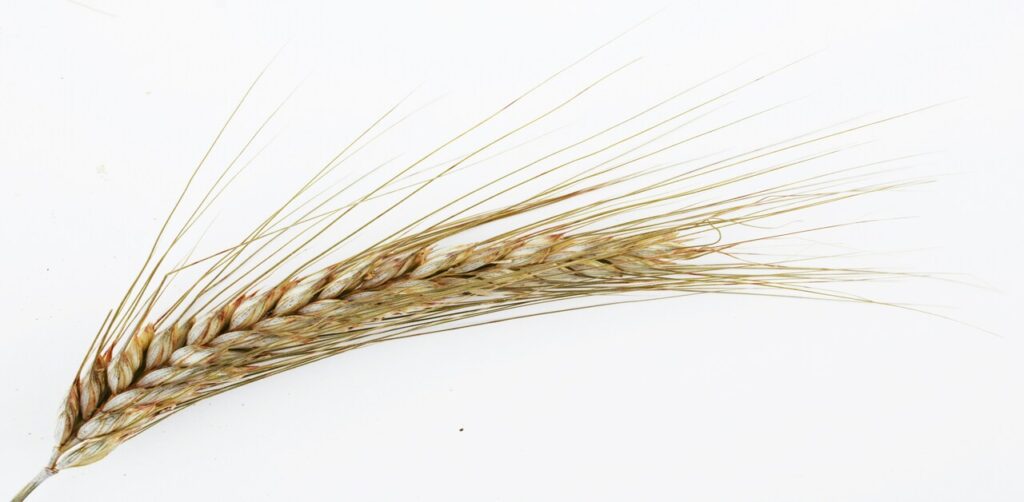
Post-Harvest Management and Uses
Before storage, grains should be properly dried after threshing to reduce moisture to about 10-11%. Barley is used for various purposes, such as:
Malt production for distillation and brewing.
Animal feed for cattle, sheep, and poultry.
Barley flour, soups, and health drinks that people consume.
Utilization in the production of biofuels and starch in industry.
Challenges in Barley Cultivation
Despite its resilience, barley cultivation faces several challenges, including:
Farmers are discouraged by the low market price in comparison to wheat.
Climatic variability, such as unseasonal rains and heat stress, is affecting yields.
Pest and disease outbreaks, especially in monocropping systems.
Lack of irrigation infrastructure in arid regions.
A low replacement rate for seeds and a lack of awareness of new varieties.
If you want to read an article about wheat Cultivation in detail, then you can click on it.
Conclusion
Due to its adaptability, low input requirement, and wide range of applications, barley cultivation remains an essential component of sustainable agriculture.
Farmers can increase productivity and profitability by implementing improved varieties, balanced fertilization, appropriate irrigation, and pest management techniques.
Fair market support and promotion of industries based on barley can encourage farmers to grow it more, thereby contributing to food security and rural income generation.

